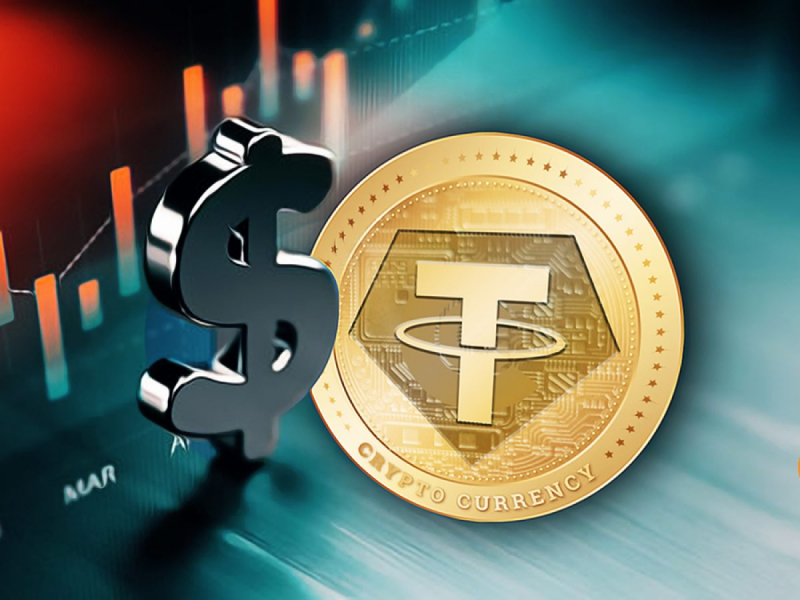Paolo Ardoino, CEO of stablecoin issuer Tether, recently accepted an interview with foreign media CoinDesk, saying that USDT has a place in the global financial system, especially in countries such as Argentina and Turkey with high inflation and unstable financial facilities, USDT is crucial. In the past, people in these countries had to resort to black market transactions to obtain US dollars. Now, through USDT, this predicament has been improved. Tether’s reserve assets are therefore well-known for holding a large amount of U.S. debt. In response to this, Ardoino also called himself the best partner of the U.S. dollar.
The US payment system is perfect, but USDT has more advantages in global cross-border payments
Ardoino pointed out that there are many different payment methods and platforms in the United States, such as banks, credit cards, debit cards, Venmo, Paypal, Cash App, etc., which make the circulation of US dollars very convenient and can meet the daily payment needs of the American people. There is less need to use USDT. However, the payment methods mentioned above may not be very popular outside the United States, so USDT is more useful, especially for more convenient cross-border payments and circumventing local financial restrictions.
This may explain why USDT is not only the largest stablecoin with a market value of nearly $120 billion, but also the third largest cryptocurrency after Bitcoin and Ethereum, and more than three times the market value of USDC issued by Circle.
In addition, our previous VISA research report also pointed out that habit may be a major factor in the popularity of USDT. VISA interviewed local people in developing countries and asked them whether they would switch from USDT to other stablecoins. Most respondents said that they continued to use USDT because of “habit”. The main reason why USDT is so popular is its high stability and wide range of use. These factors also increase users’ trust in USDT.
Low-income countries give priority to Tron, and Tether becomes the best partner of the US dollar
Ardoino said: “Imagine that users living in low-income countries like Haiti make less than $1.4 a day. You ask them to pay a transaction fee of $5 to $6 on Ethereum or other chains. How is this possible? But Tron’s fee is only 20 cents. Of course, they will give priority to Tron.” He added that more than half of USDT is issued on the Tron blockchain because of its lower transaction costs, which can better meet the needs of users in low-income countries.
Tether has also attracted attention for holding a large amount of U.S. Treasury bonds. In response to this, Ardoino said humorously: “We have made holding U.S. dollars more flexible. Now no single country or decision maker can sell hundreds of billions of U.S. Treasury bonds at one time. USDT and Tether can be said to be the best partners of the U.S. dollar.”
Tether reserves and audit issues are under question
Tether’s reserve issue has always been questioned. In the early days of its establishment, it encountered difficulties in cooperating with banks many times and had opened and closed accounts in many countries around the world, such as Qatar, China, Taiwan and Canada. The adequacy of reserves has become a focus of attention, and Tether has begun to regularly disclose asset audit reports to prove that they do have sufficient reserves to support all issued USDT, thereby increasing the market’s trust in them.
Claiming to have regular audits and sufficient reserves, it hit back at doubters
But Ardoino claims that Tether’s reserve management has become simpler, with most of the funds managed by the financial services company Cantor Fitzgerald, and its CEO Howard Lutnick ensuring that Tether’s reserves are sufficient to support USDT. Ardoino also mentioned that Tether, like other competitors, regularly undergoes asset audits by large accounting firms to ensure reserve transparency. In response to outside doubts, he said: “Those who believe in conspiracy theories should grow up.”






